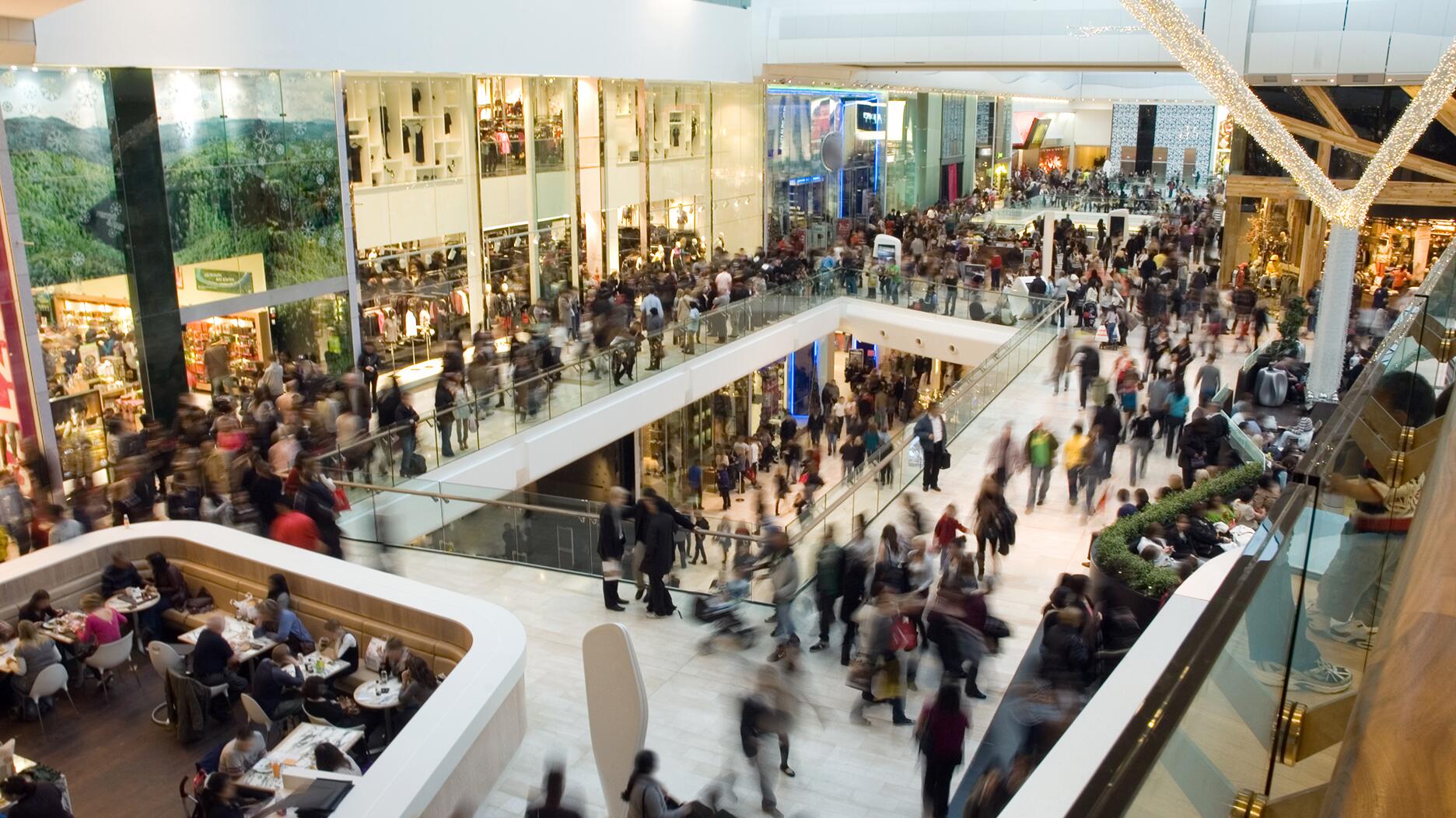The luxury goods company said founder Ippolita Rostagno will remain at the brand’s helm.
The Industry Shrank by 4% Last Year, JBT Data Shows
A healthy number of new jewelry businesses opened in North America in 2018, but not enough to offset the number of companies that closed.
Warwick, R.I.—A healthy number of new jewelry businesses opened in North America in 2018, but not enough to offset the number of companies—whether retail, wholesale or manufacturing—that closed, year-end data from the Jewelers Board of Trade shows.
The result is that the industry continued to get smaller, a trend JBT President Richard Weisenfeld said will continue for the foreseeable future, particularly among retailers.
“There is going to be a steady decrease in the number of jewelers,” he said in an interview Thursday. “As that slows down over the course of the next decade, I think what we’ll be left with in the jewelry industry is well-managed stores and well-placed manufacturers that produce the right product for the right price.”
At the end of 2018, the JBT’s listings for jewelry retailers, wholesalers and manufacturers in North America totaled 26,365, a 4 percent drop from 27,551 in 2017.
The number of retailers was down by the same percentage, shrinking from 20,757 to 19,906.
In tracking businesses exiting the industry, the JBT breaks down what it refers to as jewelry business “discontinuances” into three categories: businesses that ceased operations (closed), consolidated via a sale or merger, or filed for bankruptcy.
While the JBT saw a dramatic spike in bankruptcies during the Great Recession, the story the past few years has been jewelers closing their stores, and that continued in 2018.
JBT data shows that 738 retailers closed in North America last year, a 5 percent increase from the 706 who closed in 2017.
The United States lost 706 retailers, up 4 percent from 678 in 2017.
The region of the U.S. with the most retail closures was the Southeast at 202, followed by the Northeast (162) and the Southwest at 117.
The Northwest recorded the fewest number of jewelry store shutdowns (21), though it should be noted that regional trends for store closures do, to an extent, correlate to population; there are more closures in regions where there are more people and, therefore, more stores to begin with.
In the JBT’s regional breakdown, the Northwest includes some of the country’s most sparsely populated states, such as Alaska, Montana and Wyoming, while the Southeast and Northeast include some of the most crowded, states like Florida, New York and Pennsylvania.
Weisenfeld allowed that a portion of the industry shrinkage is attributable to the fact that not all new businesses are joining the JBT.
He
However, he said, most of the industry shrinkage is due to the closure of traditional brick-and-mortar stores, which fall into two categories.
First, those are the stores that want to stay in business but are struggling due to factors such as having the wrong lines, being in a bad location or in an area with a shrinking population. Weisenfeld said they opt to do a going-out-of-business sale and set off in a different direction, or open a new store somewhere else.
Then those are those well-run operations with solid market share that carry better brands but have owners who are in their late 60s or early 70s and want to retire. Their children might help at the store, Weisenfeld said, but they don’t want to be the owners; they don’t like the hours or the income potential.
“It’s just not the lifestyle that kids want these days. The idea of being in a store six days a week … is just not what they are looking for.”
Jewelry business consolidations and bankruptcies—the other two forms of business discontinuances tracked by JBT—also rose slightly between 2017 and 2018.
There were 157 consolidations among retailers, wholesalers and manufacturers in North America in 2018, up from 151 the year before, and 34 bankruptcies, up from 29 in 2017.
New businesses in North America, meanwhile, totaled 230, up from 166 in 2017, a 39 percent increase.
In the U.S., there were 183 new retailers last year (up from 131 in 2017), 24 new wholesalers (up from 13) and 15 new manufacturers (up from 12).
The Latest

Laura Burdese, who joined the Italian luxury brand in 2022, will take on the role in July.

The National Jeweler editors revisit the most noteworthy industry happenings and design trends from 2025.

How Jewelers of America’s 20 Under 40 are leading to ensure a brighter future for the jewelry industry.

Need a gift for the cat lover who has everything? Look no further than our latest Piece of the Week.


It purchased the “Grosse Pièce,” an ultra-complicated Audemars Piguet pocket watch from the ‘20s, for a record-breaking price at Sotheby’s.

The lab-grown diamond grower now offers custom engagement and fashion jewelry through its Kira Custom Lab Jewelry service.

Roseco’s 704-page catalog showcases new lab-grown diamonds, findings, tools & more—available in print or interactive digital editions.

Chandler got his start at Michelson Jewelers and has served as DCA president and CEO since 2001. He will retire at the end of the month.

The boutique is slated to open this week inside Terminal 8, offering pre-owned Rolex watches and more to international travelers.

Sponsored by Digital Monitoring Products

The special-edition egg pendant ingested in a New Zealand jewelry store was recovered after a six-day wait.

Associate Editor Natalie Francisco plays favorites with Piece of the Week, selecting a standout piece of jewelry from each month of 2025.

The “Love and Desire” campaign is inspired by the magic that follows when one’s heart leads the way, said the brand.

Two awardees will receive free tuition for an educational course at the Swiss lab, with flights and lodging included.

Berta de Pablos-Barbier will replace Alexander Lacik at the start of January, two months earlier than expected.

Sotheby’s held its first two jewelry sales at the Breuer building last week, and they totaled nearly $44 million.

Winners will receive free registration and lodging for its fourth annual event in Detroit.

Here are six ideas for making more engaging content for Instagram Reels and TikTok, courtesy of Duvall O’Steen and Jen Cullen Williams.

The honorees include a notable jewelry brand, an industry veteran, and an independent retailer.

Carlos Jose Hernandez and Joshua Zuazo were sentenced to life without the possibility of parole in the 2024 murder of Hussein “Sam” Murray.

Yood will serve alongside Eduard Stefanescu, the sustainability manager for C.Hafner, a precious metals refiner in Germany.

The New Orleans jeweler is also hosting pop-up jewelry boutiques in New York City and Dallas.

Set in a Tiffany & Co. necklace, it sold for $4.2 million, the highest price and price per carat paid for a Paraíba tourmaline at auction.

The jeweler’s “Deep Freeze” display showcases its iconic jewelry designs frozen in a vintage icebox.

Take luxury gifting to new heights this holiday season with the jeweler’s showstopping 12-carat sphene ring.

This year's theme is “Unveiling the Depths of the Ocean.”




























